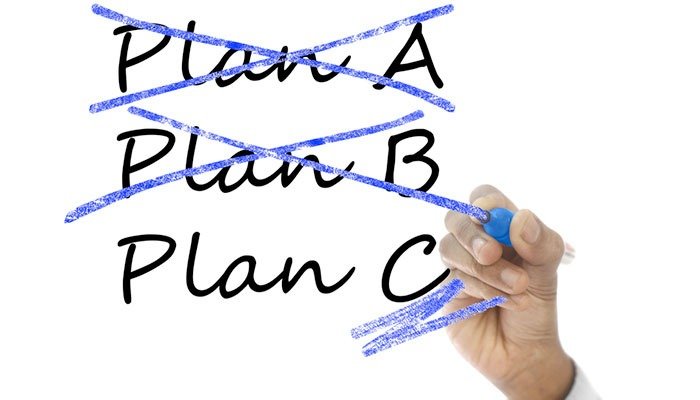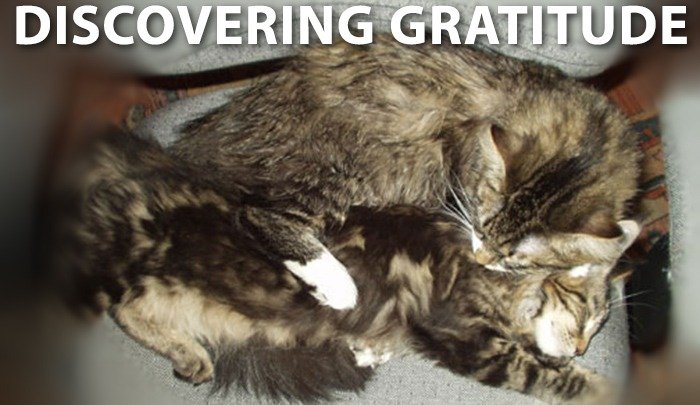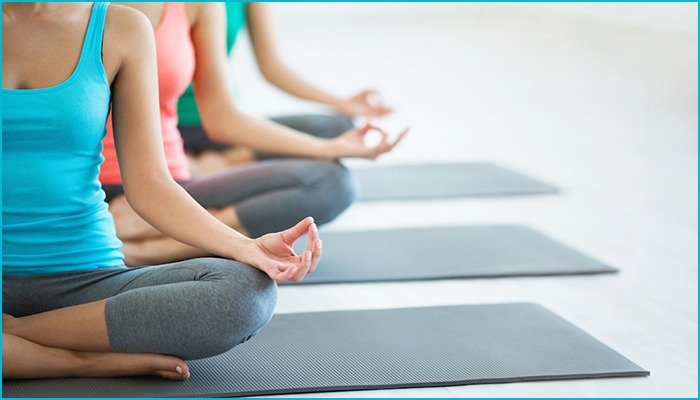Exercise for Pain Relief

Exercise for Pain Relief: How to Establish a Habit That Really Helps
It can feel like a Catch-22: Everyone is telling you that you need to exercise, but when you’re in pain, exercising may be the last thing you feel like doing. And unfortunately, the longer you avoid doing it, the harder it can be to get started. Muscles and tendons get weak, stiff, and sore when they aren’t being used, so there can be significant aches and pains when you decide to start moving again. But finding the right exercise program can be an essential tool for pain relief.
Here are a few strategies that can help you get over that initial hump and headed toward a healthy, pain-reducing exercise habit:
1. Get help.
If you have the means, and if your doctor approves, take advantage of the knowledge and expertise of a movement expert (or more than one!). Physical therapists, occupational therapists, Pilates trainers, and yoga teachers are trained in the art of helping others move safely and more effectively – they can be of great help.
2. Solidify your core.
Every stable structure needs a solid foundation. For the human body, that foundation is the group of stabilizing muscles around the abdomen, pelvis, and back – together referred to as the body’s “core.” All of your movement flows through this foundation: lifting, carrying, reaching, pulling, stooping, twisting, turning – you name it. Practically every action the body takes is supported by the all-important core, so make core exercises a fundamental part of your new exercise program. No matter what part of your body hurts, a stronger core will help you function better and with less pain.
3. Re-calibrate your muscles.
No matter what type of chronic pain you may have, you most likely also have some type of musculoskeletal imbalance associated with muscle pain. This seems to be the case even for problems like nerve pain and joint arthritis, where muscle pain quickly develops as a secondary consequence of the primary pain problem.
Often referred to as trigger points, it’s a sure bet that certain muscles will tighten up or overcompensate to get around a pain problem. These protective changes may help reduce acute discomfort in the moment, but they’re harmful in the long run, for they create new strains and pains – and the changes you make to accommodate for them create new problems of their own.
It is very important to identify and release these dysfunctional musculoskeletal trigger points. Get help from your doctor, physical therapist, acupuncturist, massage therapist, or chiropractor. Use what you learn from them to select stretches, exercises, and even self-massage techniques that will gradually work out the kinks, and allow you to move more freely and with less discomfort.
4. Learn how to pace.
You’re embarking on a life-long exercise and rehabilitation program. The goal is to reduce your pain and improve function, not set records, so pace yourself. It’s OK to break up your exercises or daily tasks and take breaks. For example, instead of trying to exercise for 60 minutes and getting wiped out, break it up into three separate 20-minute sessions spread out through the day.
5. Embrace mind/body approaches.
Movement is not just a physical action – it is really an interaction between the brain and the body. Fortunately, there are mind/body movement strategies that can help put the nervous system at ease, while preparing the body to move in new and challenging ways at the same time. In fact, there is a growing body of studies that find mind/body approaches like tai chi, yoga, and Pilates can help patients better manage their pain while feeling and functioning better at the same time.
6. Start walking.
Walking is not very high-tech or exciting, but it is one of the best exercises you can do. Nature created us as “walking machines,” and our strength, balance, overall health, and sense of well-being improves as we increase our steps.
How far, how long, and how fast you can walk all directly influence how active, connected, and independent you can be. So, maximizing your ability to get around is a critical component of your pain management program.
Of course, any new exercise program needs the green light from your doctor, so before you get moving, have a thorough conversation about your goals, the specific kinds of exercise that are right for you, and whether you need the guidance of a physical therapist or other movement professional.
Exercising when you have chronic pain is a confidence-building process – so be patient and keep going. Each step forward and every little piece of success will ultimately lead to transformational change.
Peter Abaci, MD, is one of the world’s leading experts on pain. He is the author of Take Charge of Your Chronic Pain: The Latest Research, Cutting-Edge Tools, and Alternative Treatments for Feeling Better, host of Health Revolution Radio, and a regular contributor to WebMD, The Huffington Post, and PainReliefRevolution.com. His newly released second book, Conquer Your Chronic Pain, A Life-Changing Drug-Free Approach for Relief, Recovery, and Restoration, is already considered a must read for anyone dealing with chronic pain. As the Medical Director and Co-Founder of the renowned Bay Area Pain and Wellness Center his innovative strategies for integrative pain treatment have helped restore the lives of thousands struggling with pain. Dr. Abaci’s publications on pain treatment have become a trusted resource for patients, family members, doctors, psychologists, physical therapists, and insurance companies, alike. He resides with his family in Los Gatos, California.
PainPathways Magazine
PainPathways is the first, only and ultimate pain magazine. First published in spring 2008, PainPathways is the culmination of the vision of Richard L. Rauck, MD, to provide a shared resource for people living with and caring for others in pain. This quarterly resource not only provides in-depth information on current treatments, therapies and research studies but also connects people who live with pain, both personally and professionally.
View All By PainPathways






